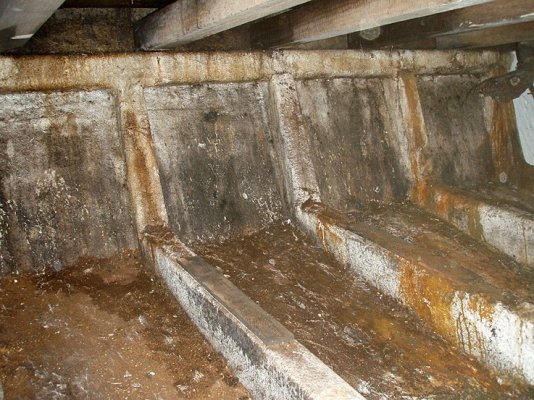Fotoman wrote:[Well, that's why I want to remove the old tanks. The new ones were installed aft of the old ones and the surveyor pointed out that it could have an effect on the overall stability. The new ones are much smaller but still, I don't like the idea of being on a boat that is not well balanced (I'm used to sailboats so I'm a bit anal on this).
So if I make sure they are really empty, I don't risk an explosion or a fire by cutting them up with a grinder?]
Can I ask an obvious question, the answer being not so obvious?* I'm with Phil here (Hi Phil, long time so see), why bother to remove them, with all that hard work and attendant risk and expense, if you don't plan to use the space to increase your fuel capacity?* I have a similar vessel, similar situation, but I have just closed the taps (empty), and look on the old tanks as buoyancy - maybe if the ER flooded it might help hold her up until help came?* If I was going to use the space at all, then like Phil, I'd just remove the end and use the space to hold a new suitably-sized, custom made, fuel grade plastic tank for longer distance running, linked in such a way they could be left empty if not needed, to minimise stale fuel potential.* They do not significantly affect your trim empty.* My tanks, water and fuel, are even further aft in the lazerette, yet do not adversely affect stability or trim, as it is the widest and lowest part of the hull.* The original tanks in their normal position are set so high it would worry me a bit what effect they would have on righting moment if full, to be honest.* I was also a yachtie, and a bit anal re that issue.
Peter B
*






